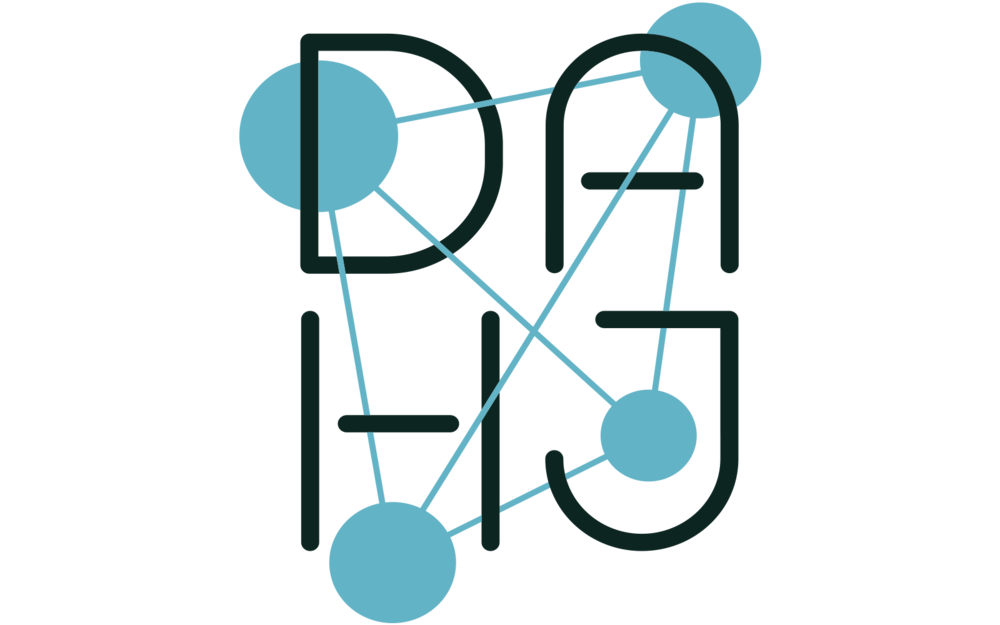Abstract
Handmade laid paper has the important quality that every sheet of paper formed on the same papermaking mold retains a nearly identical imprint of the mold’s wire structure. These “moldmates” are identified by analyzing the recorded wire features, which are visible using transmitted light. When visual analysis is not sufficient to distinguish moldmates, three features of the mold’s wire mesh can be quantitatively analyzed using image processing techniques: watermark shape and placement, chain line intervals, and laid line density, for which a new method of analysis is introduced here. Using signal processing procedures, the frequency of the laid lines across a sheet of paper was found to fluctuate in a pattern unique to that mold. These quantitative methods were tested on a sample set of blank sheets from a 1536 edition of De re militari by Vegetius; computational analysis using any one of the three features was able to distinguish between four molds used in the group of papers. These results demonstrate that any of these techniques can be chosen as appropriate to determine moldmates from within a set of laid paper, regardless of size or the inclusion of a full watermark.
DOI: https://doi.org/10.11588/dah.2020.5.71232
Authors
Sara F. Gorske
studied Materials Science and Engineering and the History of Art at Cornell University (B.S. ’20). Her interests in the intersection of art and engineering led her to the research group of Dr. C. Richard Johnson, Jr. in the Department of Electrical and Computer Engineering at Cornell University in the spring of 2018. During her time in the group, she contributed to the Watermarks in Rembrandt’s Etchings (WIRE) project to help codify the identification of watermarks through decision trees and assisted in the development of semi-automatic and automatic chain line and laid line marking programs by exploiting the signals in images of backlit paper.
C. Richard Johnson, Jr
is the Geoffrey S. M. Hedrick Senior Professor of Engineering at Cornell University in Ithaca, NY. He received the first PhD minor in Art History granted by Stanford University in 1977, along with a PhD in Electrical Engineering. Since 2007, his research has used digital signal processing to address issues in computational art history, primarily through the matching of manufactured patterns in art supports. Professor Johnson’s contributions to canvas weave-mapping using Fourier analysis for rollmate identification, photographic paper classification via texture analysis, laid paper chain line pattern analysis for moldmate verification, and watermark identification using decision-tree construction for batchmate designation have appeared in the Burlington Magazine, the Metropolitan Museum Journal, Studies in Conservation, the Journal of the American Institute for Conservation, Art Matters, the Journal of Historians of Netherlandish Art, the International Journal for Digital Art History, the Journal of Interactive Technology and Pedagogy, Visual Resources, Signal Processing, and the IEEE Signal Processing Magazine. He is the lead editor of and a contributing author to Counting Vermeer: Using Weave Maps to Study Vermeer’s Canvases, RKD Studies, 2017 (http://countingvermeer.rkdmonographs.nl).
William A. Sethares
received the Ph.D. degree in electrical engineering from Cornell University, and is currently Professor in the Department of Electrical and Computer Engineering at the University of Wisconsin in Madison. Prof Sethares has held visiting positions at the Australian National University, at the Technical Institute in Gdansk, and at the NASA Ames Research Center. He is a scientific researcher at the Rijksmuseum in Amsterdam and is the Honorary International Chair Professor at the National Taipei University of Technology. His research interests include adaptation and learning in image and signal processing with special focus on the imaging and the interpretation of historical papers and canvases. Dr. Sethares is the author of five books, including Tuning, Timbre, Spectrum, Scale, and is co-author of a recent monograph (Counting Vermeer) which examines all the extant canvases of Johannes Vermeer.
Margaret Holben Ellis
received her M.A. in Art History and Advanced Certificate in Conservation, Institute of Fine Arts, NYU and is currently the Eugene Thaw Professor of Paper Conservation at the Institute of Fine Arts, also serving as Director of the Thaw Conservation Center at the Morgan Library & Museum. She has published and lectured on technical issues related to artists ranging from Raphael and Titian to Pollock, Samaras, Dubuffet and Lichtenstein with her research interests in artists’ materials similarly far-ranging. At the moment she is exploring the significance of “paper as part of the picture”, the possibility of applying computer-generated pattern recognition algorithms to the characterization of antique papers, specifically as used in Rembrandt prints, and Jean Dubuffet’s assemblages d’empreintes. She served as volume editor for Historical and Philosophical Issues in the Conservation of Works of Art on Paper, which was published by the Getty Conservation Institute in 2014. Her revised edition of The Care of Prints and Drawings was published in 2016.
Paul Messier
is the Pritzker Director of the Lens Media Lab and Chair of the Institute for the Preservation of Cultural Heritage, both at Yale University. The IPCH is a research collaborative, dedicated to the preservation and interpretation of material culture. Within IPCH, the LML focuses on collection-scale analysis and interpretation of artist materials. Paul has published widely on innovative methods characterize and classify works of art and is the 2018 recipient of the Award for Distinction in Scholarship and Conservation jointly presented by the College Art Association and the American Institute for Conservation.

